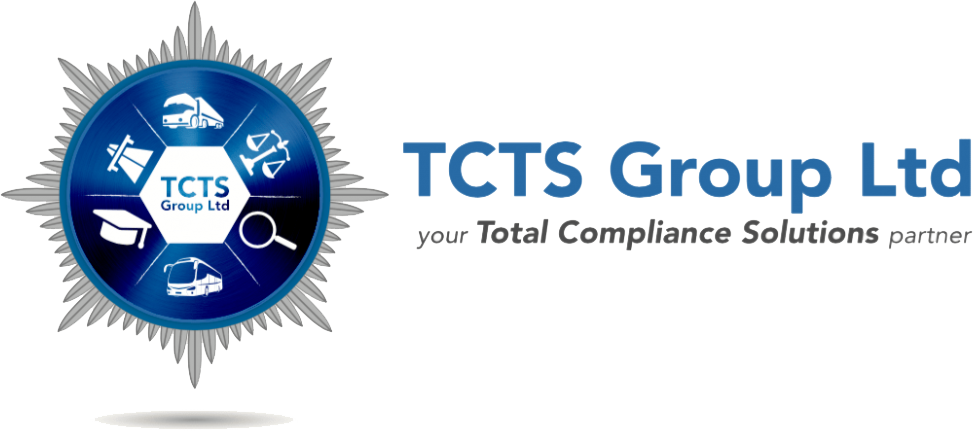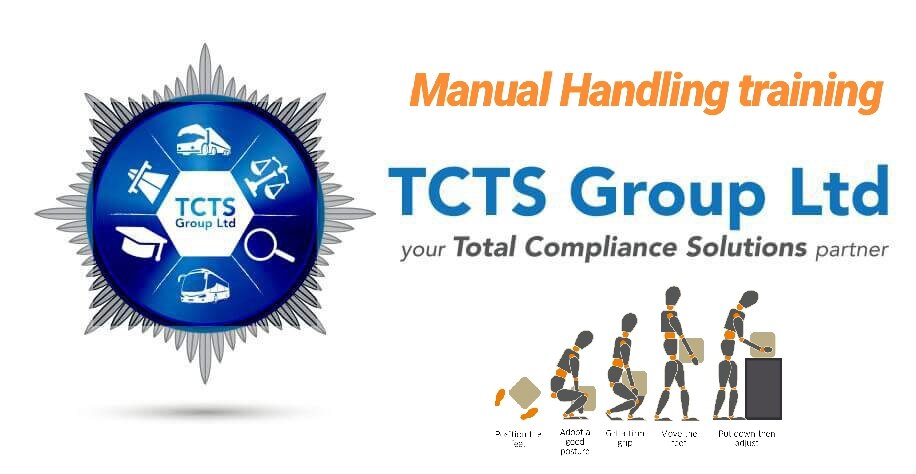
Manual Handling Training
The Manual Handling Operations Regulations 1992, as amended in 2002 (‘the Regulations’) apply to a wide range of manual handling activities, including lifting, lowering, pushing, pulling or carrying. The load may be either animate, such as a person or an animal, or inanimate, such as a box or a trolley.
Manual Handling of Inanimate Objects ensures that delegates hold an understanding of safe techniques to use when lifting and moving objects of varying size and weight, so as to avoid any injury to themselves or others. The training is designed for those who undertake manual handling activities in their working role and it can be customised so that delegates can experience handling objects which they would encounter in their workplace.
Course Content:
Course introduction
Consult and involve the workforce
Why correct technique is important
Manual handling hazards and risks
Preventing injury from manual handling
Remaining compliant
Importance of risk assessment
Applying risk assessment to manual handling
Course duration & Price
This course is delivered over half a day (3.5 hours) and a certificate will be awarded upon successful completion.
You can have your training delivered whenever and wherever you would like. We have trainers located across the UK and Ireland. This also makes us flexible with time, and we will work around your schedule, even if you need training on the weekends, Day, Evening or Night Shifts.
Contact us for price.
On completion of the course
All delegates successfully completing the course in full will be awarded a Certificate of Training.
This course conforms with evidence of your CPD.
Manual Handling Training
We offer essential manual handling training courses to all kinds of businesses across the UK and Ireland. Our goal is to help you protect your employees, while ensuring that your business complies with relevant health and safety legislation.
Improper manual handling is one of the leading causes of workplace injury, making proper training essential.
What is Manual Handling Training?
The Manual Handling Operations Regulations 1992, as amended in 2002 (‘the Regulations’) apply to a wide range of manual handling activities, including lifting, lowering, pushing, pulling or carrying. The load may be either animate, such as a person or an animal, or inanimate, such as a box or a trolley. In other words, this regulation sets out the rules regarding how objects can be safely moved by your employees.
Proper manual handling ensures that employees can use safe techniques when lifting and moving objects of varying size and weight, avoiding any injury to themselves or others. Our training program is designed for those who undertake manual handling activities in their working role. It can be customised so that attendants can experience handling objects which they are likely to encounter in their workplace.
Why is Manual Handling Training Important
Investing in training for proper manual handling is one of the most important investments that you can make for your employees, as well as your business more broadly. Workplace injuries relating to manual handling can lead to injuries, absence, poor productivity, and even lawsuits.
In fact, every year, countless UK and Irish businesses face lawsuits for failing in their health and safety responsibilities:
As an employer, you have a duty to ensure that your employees are kept safe. If you work in an industry which requires your staff to move heavy loads, this means that they must understand how to do so safely.
In particular, manual handling training is essential for businesses in the construction, warehousing, retail, manufacturing and transport industries, as well as any other sector which requires the manual movement of heavy loads. By staff
At TCTS Group, we offer training which is suitable for a wide range of industries, by using real-world experience to help your employees understand the importance of workplace safety, and the exact steps they can take to guarantee it.
Course Content:
When your employees take manual handling training from TCTS Group, they’ll learn everything from the basics principles behind safely handling loads, to gaining hands-on experience which they can apply in their workplace.
By the end of this training, all employees will have a thorough understanding of how to manually handle objects, in line with relevant legislation.
Our manual handling training is divided into eight sections:
Course Introduction
Effective training always begins with creating buy-in from attendees. In the introduction to our manual handling training course, we help your employees to understand why correct techniques are essential for maintaining their own safety, and that of their colleagues.
The goal here is to ensure that your employees fully appreciate the risks involved when manually handling heavy objects, as well as the real-world consequences of failing to apply proper handling techniques.
Consult and Involve the Workforce
Next, we’ll move on to how individual employees have a role to play in workplace safety. Workers often have the best understanding of the risks they face daily. This section of our training helps your employees to understand their role in shaping health and safety policy.
We’ll also cover the importance of escalating their concerns, as well as sharing knowledge with co-workers in order to ensure manual handling is carried out safely at all times.
The Importance of Proper Manual Handling Technique
To further build on employee buy-in, we’ll then introduce the concrete impact that proper technique can have on their working lives. These include:
Reduced absences,
Lower risk of injury,
Better comfort at work,
Increased productivity,
Improved workplace safety.
Manual Handling Hazards and Risks
Your employees will then gain a thorough awareness of the hazards and risks involved with manual handling. Specifically, we’ll cover how to identify and preempt, and avoid common hazards and risks, including:
Falls,
Back injuries,
Strains and sprains,
Hand injuries,
All other injuries relating to improper manual handling.
Preventing Injury from Manual Handling
All of our manual handling training is tailored to the exact requirements and risks faced by your workforce.
We use the kinds of objects that workers are likely to handle in their daily roles, in order to ensure that knowledge can be correctly applied, long after training is concluded, where many online training providers only give a generic description of proper manual handling techniques.
Remaining Compliant
Of course, one of the primary goals of manual handling training is to maintain compliance with relevant health and safety legislation. As all employees have a role to play here, it is essential that your workers know how to comply with the Regulations on an ongoing basis.
Importance of Risk Assessment
Once employees have an understanding of the risks they face in their daily roles, we’ll then cover the role that risk assessments play in workplace safety. For risk assessments to be effective, however, their findings must be followed by all employees.
In this section, we’ll cover the importance of risk assessments, as well as how to properly adhere to their recommendations and findings.
Applying Risk Assessments to Manual Handling
In the final section of our manual handling training, we’ll cover the specific steps that employees must take to apply risk assessments to their work. This will include understanding which techniques are suitable for different situations and environments, based on proper risk assessments.

